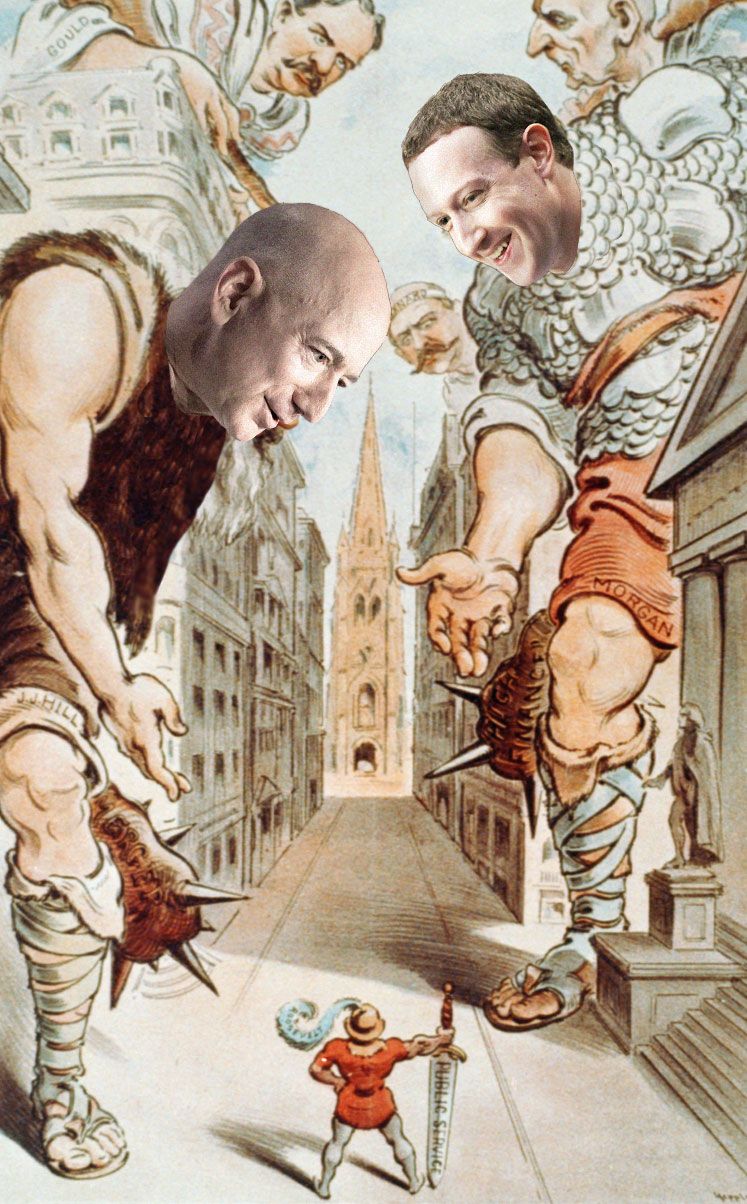

WHITE PRVILEGE MAOIST STRUGGLE SESSION FULL
This theory resonated strongly with me this summer, when British Instagram was suddenly full of black squares intended to show solidarity with African-American victims of police violence. ” Crucially, indulgence in kitsch brings with it the feeling that one is part of something greater-joining with others in being moved to happiness, sorrow or anger. In The Unbearable Lightness of Being, Milan Kundera argues that political movements are not so much defined by rational ideologies as by images, words and archetypes ( kitsch) that, brought together, deny more complicated realities: “In the realm of totalitarian kitsch, all answers are given in advance and preclude any questions. The certain cliches that characterise wokeness in my definition can be conceptualised as the kitsch of wokeness. Certainly, it is preferable to the Cambridge Dictionary definition: “the state of being aware, especially of social problems such as racism and inequality.” This definition, which echoes the original meaning of the word, implies that the woke person has correctly identified what form these societal problems take. This admittedly imperfect definition allows that the speaker of woke views may well be sincere, while recognising that her views defer to the maxims held by other members of her class. Indeed, this might serve as a starting point for a definition of wokeness: conformity with certain cliches seen by their proponents as anti-racist, anti-misogynistic or generally progressive. Perhaps one reason why wokeness is so difficult to critique with nuance is because its most frequently encountered manifestations-social media posts with hundreds of thousands of shares-are almost invariably cliched: simplistic stereotypes that lend themselves to easy repetition. Besides, it is not the only word used lazily and insultingly on social media: see centrist, liberal, reactionary, tankie, and so on. So, until someone suggests a better word, I will use wokeness, if only because it is commonly used, and I think I can recognise it when I see it. Virtue signalling can be applied to a whole range of things many would not consider woke-from wearing poppies on Remembrance Sunday to “clapping for our NHS.” It also implies insincerity on the part of the signaller, which may be applicable in some cases but seems too uncharitable in general. Liberal and left-wing seem inaccurate, since many critics of wokeness identify with those traditions and see them as incompatible with it. If wokeness is not ideal, neither are the alternatives. It is useful to have an umbrella term for the declarations about race and gender that are increasingly common among-though not exclusive to-the graduate classes. Woke has become a bad faith term: “the term of the playground, not of serious political analysis.” But I cannot eschew the word altogether. But how can one criticise wokeness itself in good faith, while using that label to refer to it?Īlthough woke began as an African-American vernacular term meaning conscious of one’s own oppression, the word is now primarily used ironically and pejoratively by those who identify as anti-woke, rather than as something people self-identify as.

One of the most frequent criticisms of so-called wokeness is that it consistently operates in bad faith, strawmanning complex systems and individuals as racist, misogynistic, etc.


 0 kommentar(er)
0 kommentar(er)
